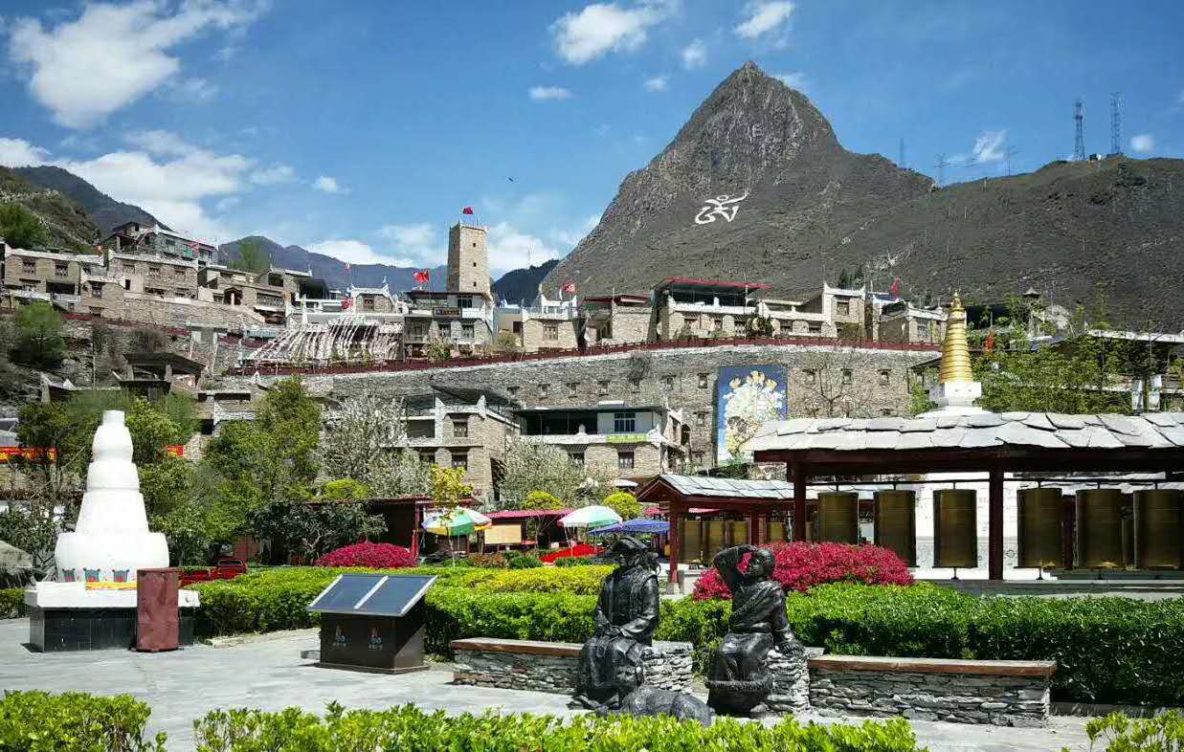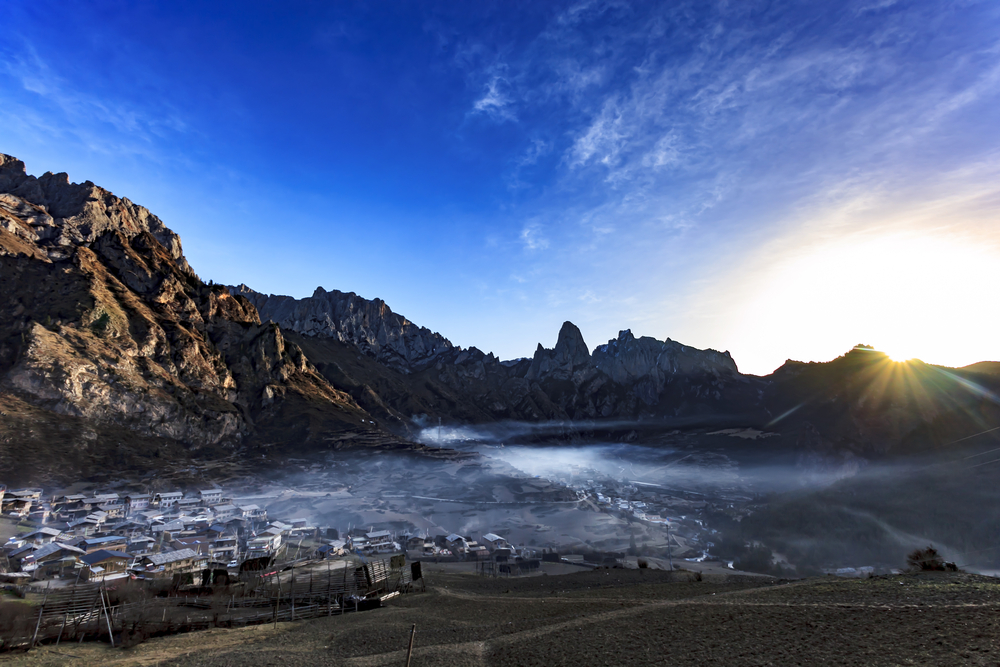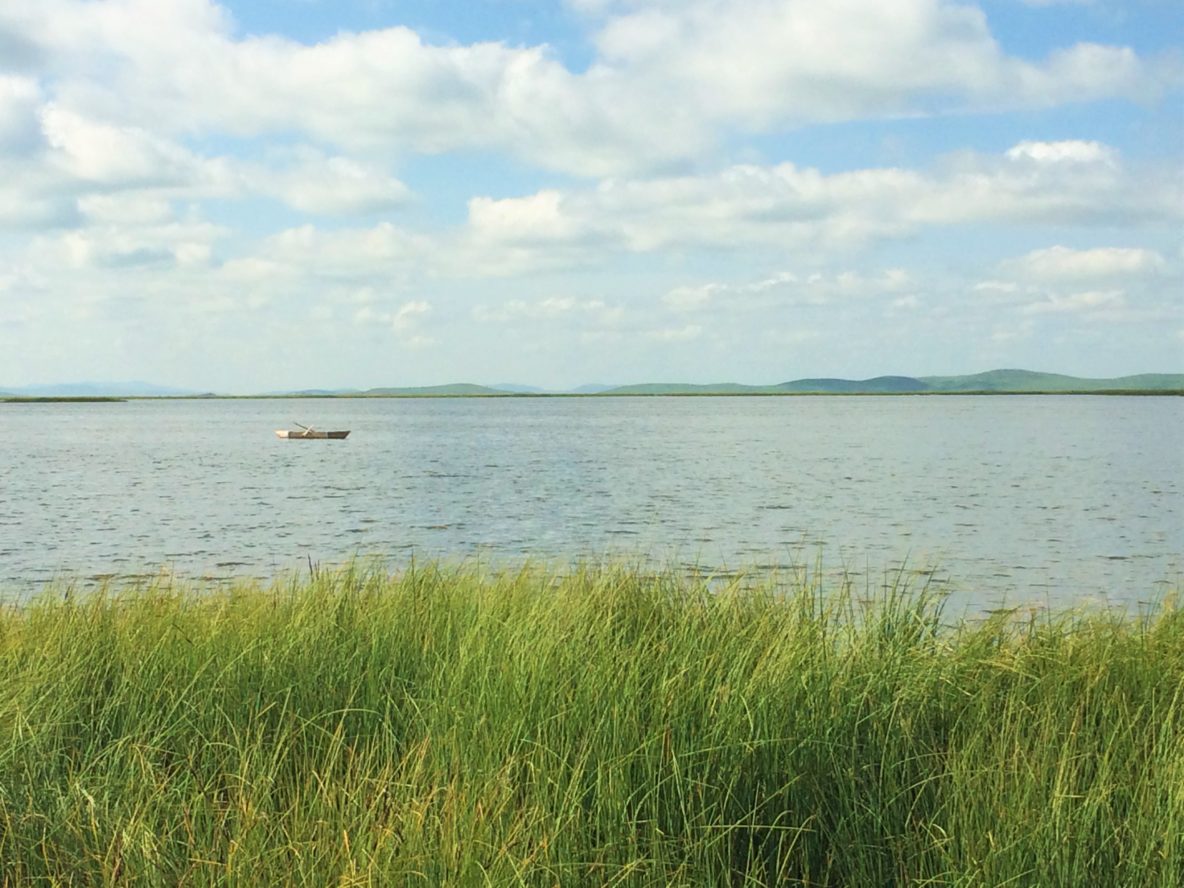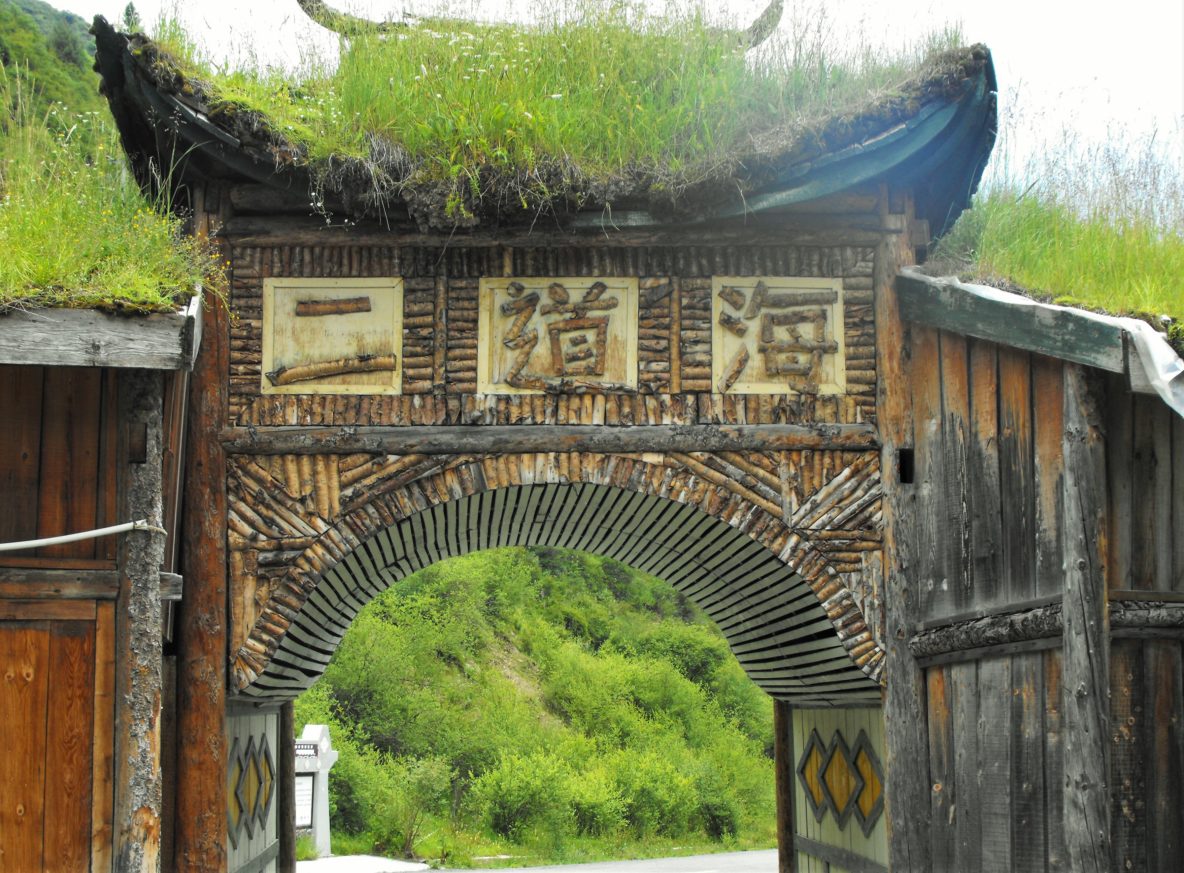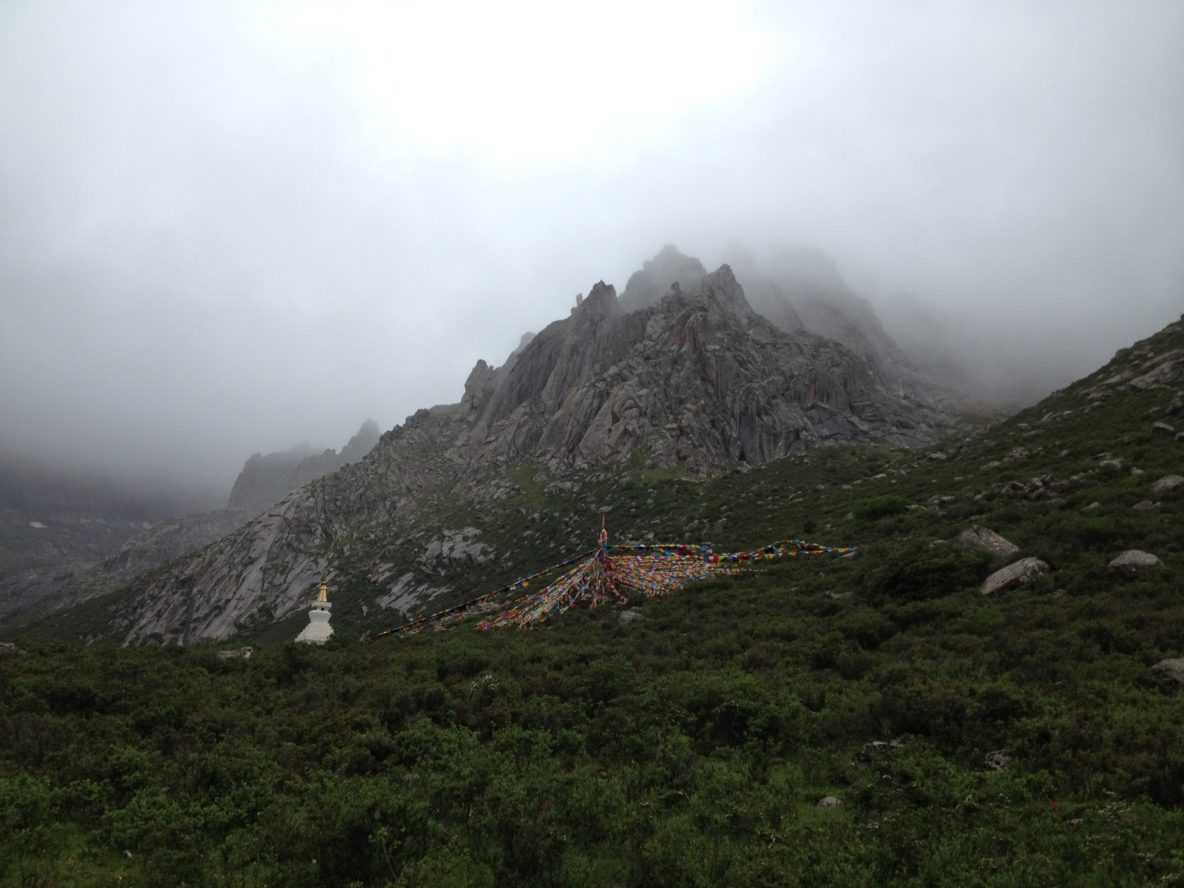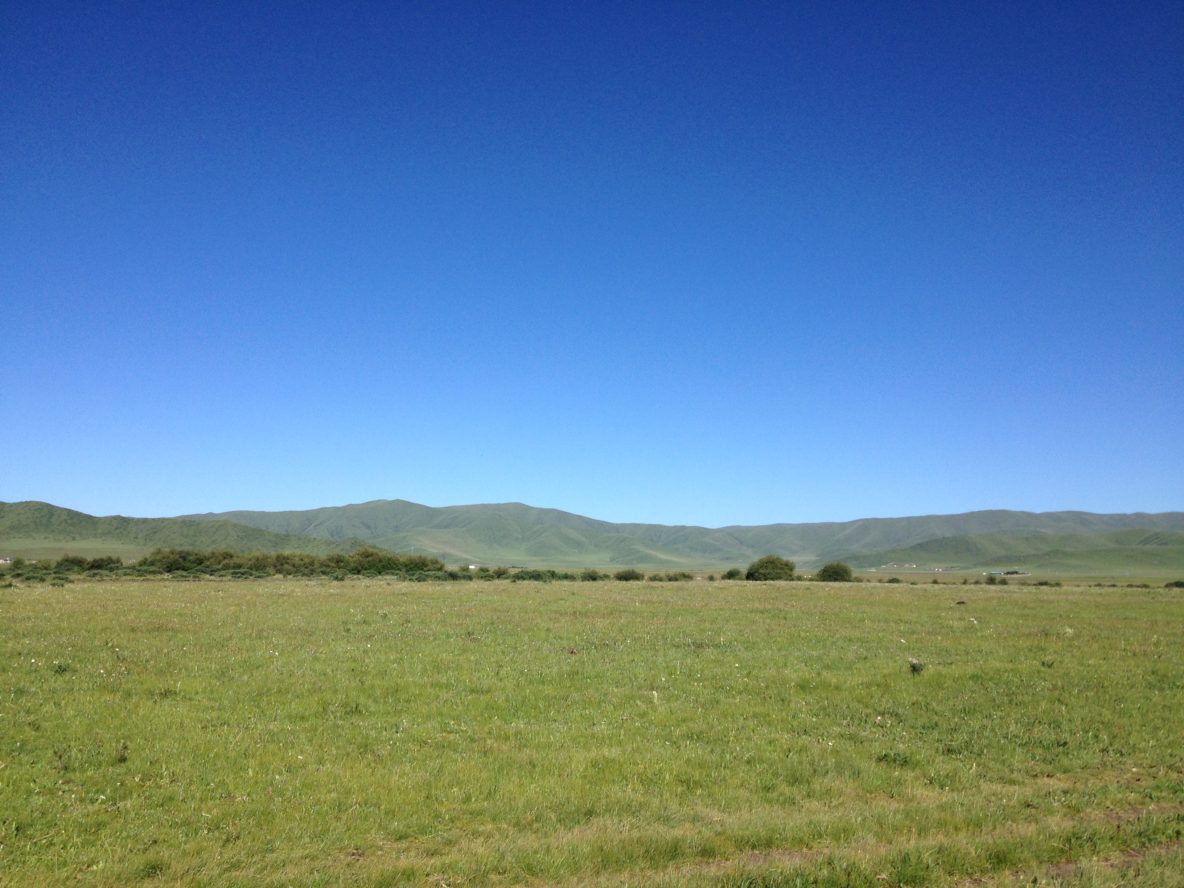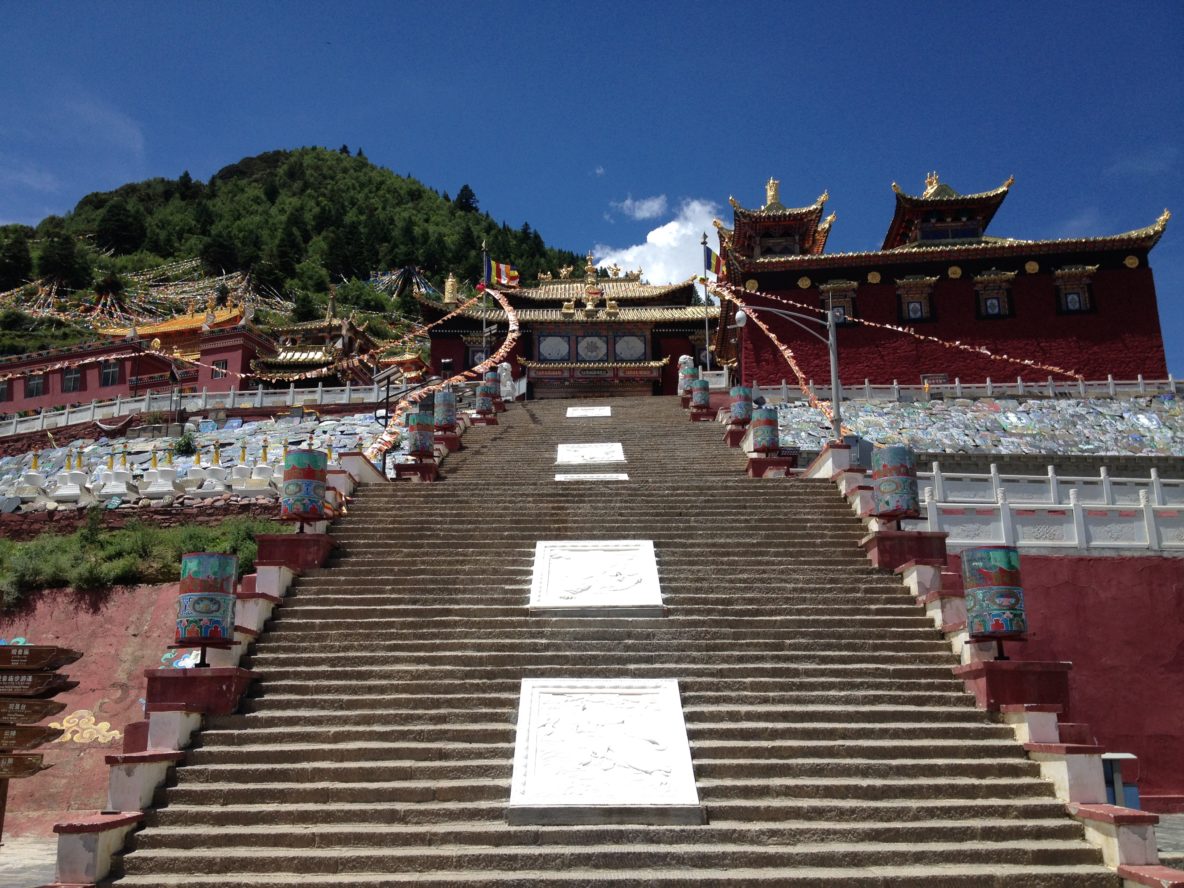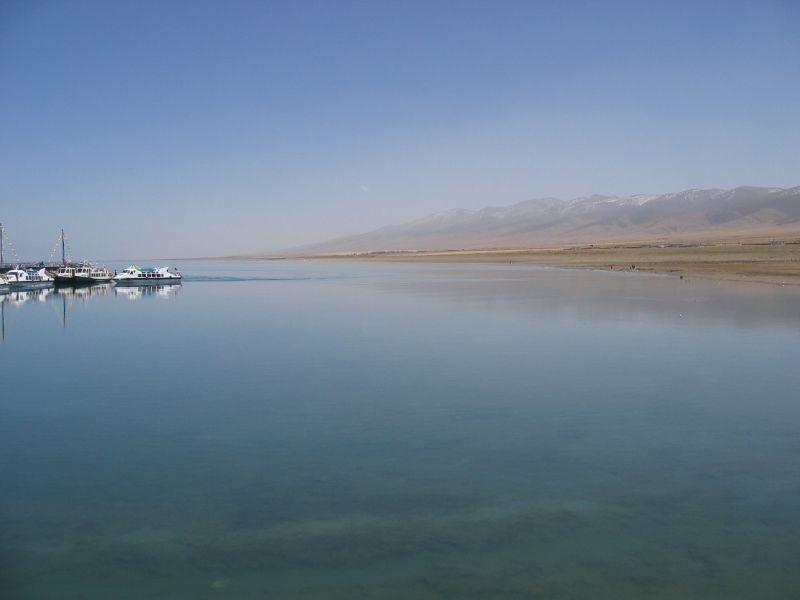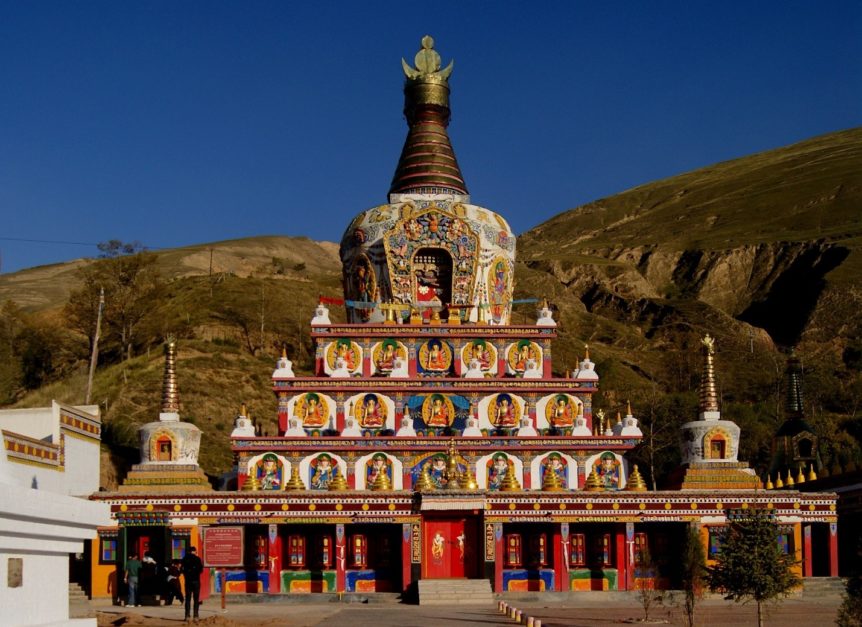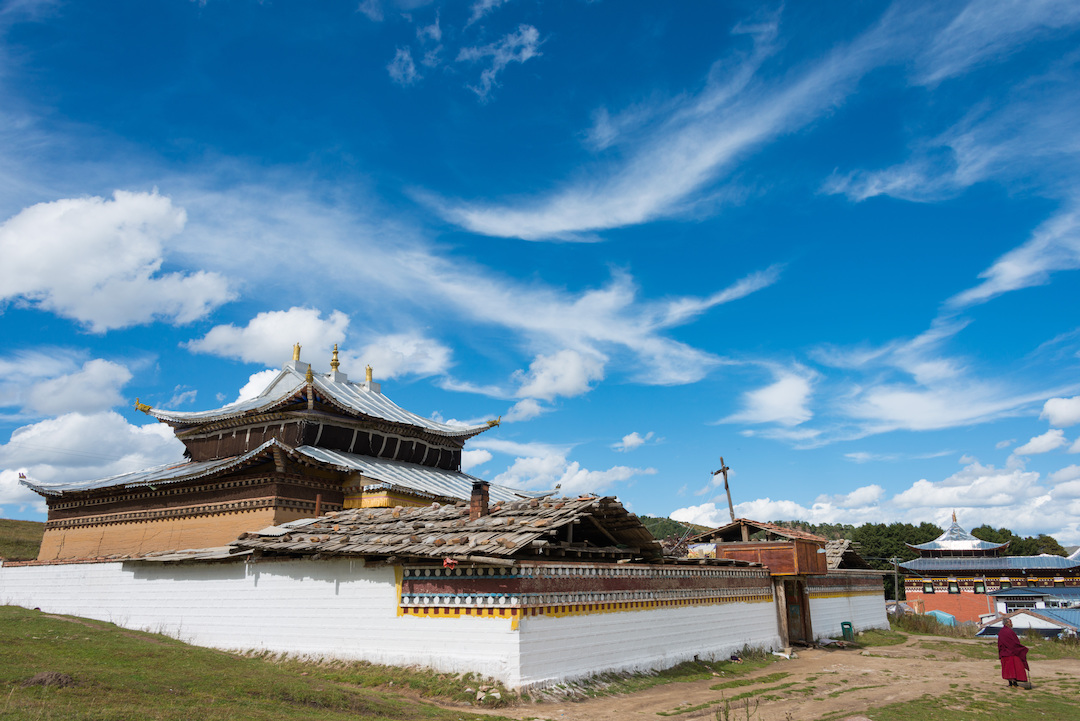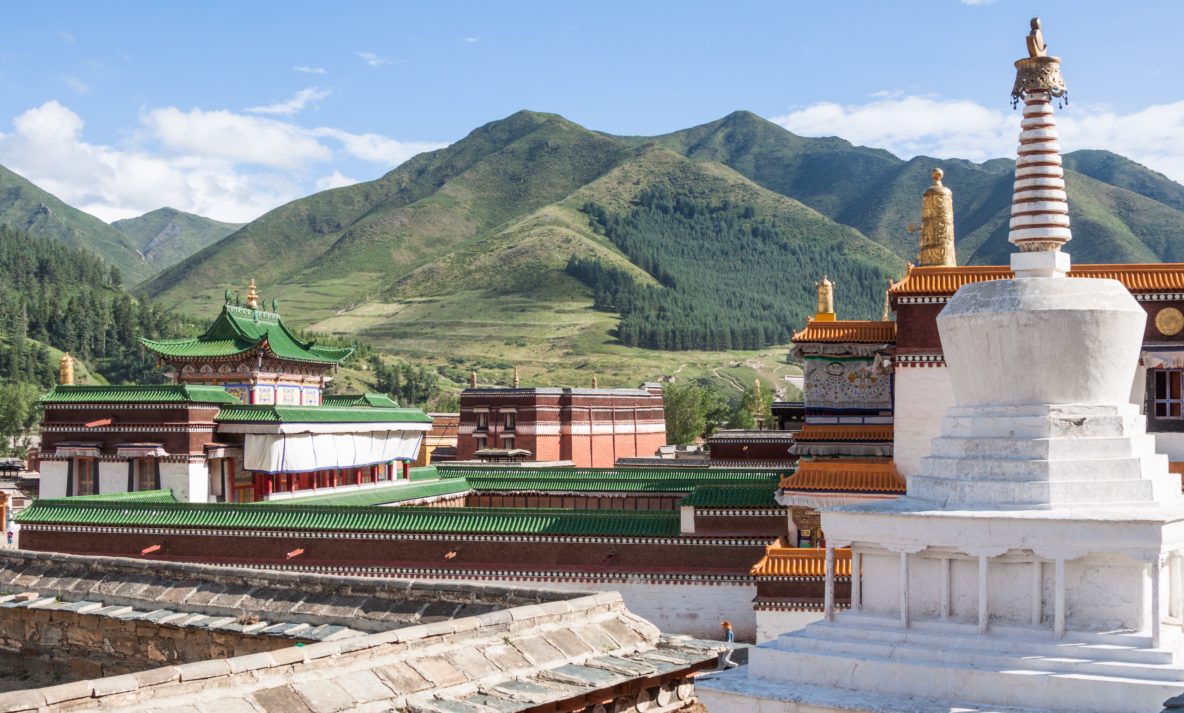Two and a half hours north of Chengdu, there is a valley. In that valley, there is a village. And in that village, there are nearly 200 Tibetan families. Most of those families open their homes to travelers. One of the best that we’ve found is the Geji Nyma Tribe …
Amdo Attractions
When you hear the word Tibet, what is the first thing that comes to your mind? If you envision expansive green grasslands and rolling hills, then Amdo is the region you are thinking of. Amdo attractions include much to do with the nomadic lifestyle. Farthest away from the Himalayan Mountains, Amdo has vast green landscapes ideal to support this ancient pastoral livelihood for those especially seeking an opportunity to view the nomadic culture up close. These vast grasslands are also home to the wildlife populations on the Tibetan plateau and some travelers are fortunate to spot, among others, one or more of the following: wild yak, Tibetan antelope, blue sheep, Tibetan gazelle, wolves, wild ass, and plenty of marmots.
Enjoy your time sleeping in nomadic tents made out of Yak wool. Or, if you are feeling less adventurous, find some guesthouses and hotels operated by local Tibetans and learn of their rich culture. When you are done grazing around with the domesticated yak, enjoy the change in scenery as the green turns to white during the cold winter time. Whether you are the outdoors adventurer type or a city dweller, Amdo offers scenes that will be catalogued in your memory forever.
With the peaceful Muslim/Tibetan Buddhist town of Langmusi, the famous saltwater Qinghai Lake, the enormous Labrang Monastery, and the fairytale colours of the lakes in the UNESCO World Heritage Site of Jiuzhaigou, travelers will be surprised by the variety of Amdo attractions available in this region of Tibet. Horse trekking is a popular activity that can be enjoyed in most major Amdo towns and is a great way to escape the crowds and have a true local experience. Rides can be arranged anywhere from a few hours to a few days, depending on your time and your level of adventure. For overnight trips, consider the option of staying in a nomad tent made of yak hair!
Travelling here? Check out our Tibetan Business Highlights for Amdo Tibet!
Zhagana
Zhagana, “Rock Box” Zhagana བྲག་སྒམ་ནང་། in Tibetan ) Zhagana is in Yiwa Township, Tiewu County, Gannan (Tibetan Autonomous Prefecture), Gansu province. It’s mountain regions on the northeastern rim of the Tibetan plateau, with an average altitude of 3,200 meters. Zhagana means “Rock Box” in Tibetan language, which is fitting as it …
Mtsho khra khrap (Flower Lake)
Officially known as Ruoergai Wetland National Nature Reserve, this area is commonly known in Chinese as Hua Hu which literally translates: Mtsho khra khrap (མཚོ་ཁྲ་ཁྲབ།) In Tibetan. We call it Flower Lake in English. The name comes from the flower shape of the lake, not because it holds an abundance …
Erdaohai Lake
Located just outside of Songpan in the Mounigou Gulley Scenic Area is the breathtaking Erdaohai Lake. While this is not the only lake or scenic spot located in the park, it is one of the two most famous places in the Mounigou Gulley, ensuring the park is known by this …
Lianbaoyeze Holy Mountain
Driving about an hour and a half north of Aba town, travellers are rewarded with the spectacular views to be found at the Lianbaoyeze Holy Mountain (གཉན་པོ་གཡུ་རྩེ།) Scenic Area. With a mountain range surrounding a large lake, the air here feels clear and pure. The area surrounding the Lianbaoyeze Mountain …
Datshe Khupa (Yueliangwan)
Located just outside of Hong Yuan in the Amdo Tibetan region in Sichuan, one can find the scenic area known as Yueliangwan in Chinese, ཟླ་ཚེས་ཁུག་པ། in Tibetan. Moon Bay in English. The Chinese call this place Yueliangwan, while the Tibetan’s know it as Datsikhepa. Aptly named for the shape the river …
TurJe Chen Po (Guanyin Temple)
Located in the Jinchuan County of the Rgyalrong Tibetan Region, one will find the TurJe Chen Po(ཁྲོ་སྐྱབས་ཐུགས་རྗེ་ཆེན་པོ།). Known in Chinese as Guanyin Temple(观音庙), this is the most pilgrimaged site in Amdo Tibet. The monastery is located at the top of Guanyin Mountain, and overlooks the Checen River as it flows …
Tsongon Po (Qinghai Lake)
Known as Qinghai Lake in Chinese (meaning Green Lake), Kokonor in Mongolian (meaning Blue Lake) and Tsongon Po (མཚོ་སྔོན་པོ།) in Tibetan (meaning Teal Sea), this largest inland saltwater lake in China is found in the Qinghai Province. Amidst the lofty mountains of Xiangpi, Datong, Riyue, and the South Mountain, Qinghai …
Rongwu Monastery
History of Rongwu Monastery Named for the Rongwu River, which it is located alongside, the Rongwu Monastery (རོང་པོ་དགོན་པ།)rests in Tongren County, Huangnan Tibetan Autonomous Prefecture and is less than 200 km from Xining, the capital of Qinghai Province. The Monastery first began as a site for three temples in 1341. …
Lhamo Gompa(Langmusi)
Different Faiths in Langmusi The Sichuan-Gansu border runs right through the center of Lhamo (ལྷ་མོ།) town. Here, Islamic and Buddhist faiths live peaceably together in this monastic village that hosts two Gelugpa Tibetan Buddhist monasteries as well as an Islamic Mosque. Lhamo offers visitors a look into both religions and cultures. …
Labrang Monastery
In the Tibetan area of Amdo, the Xiahe County, Gannan Tibetan Autonomous Prefecture, Gansu, the Labrang Monastery(བླ་བྲང་དགོན་པ།) houses the largest population of monks outside of the Tibetan Autonomous Region. The site is a popular tourist destination and only a four-hour drive from the provincial capital of Lanzhou. History To Tibetan …

